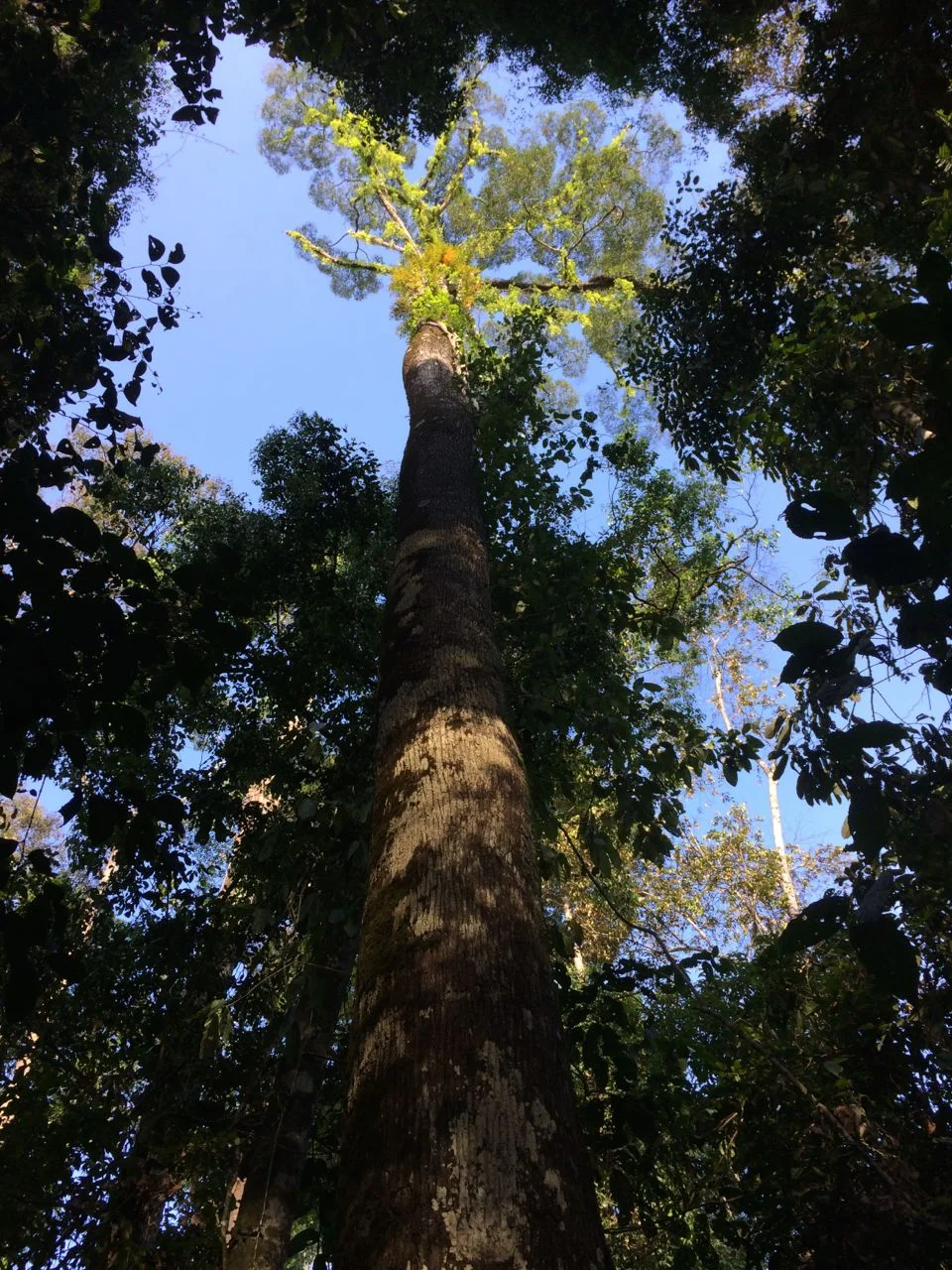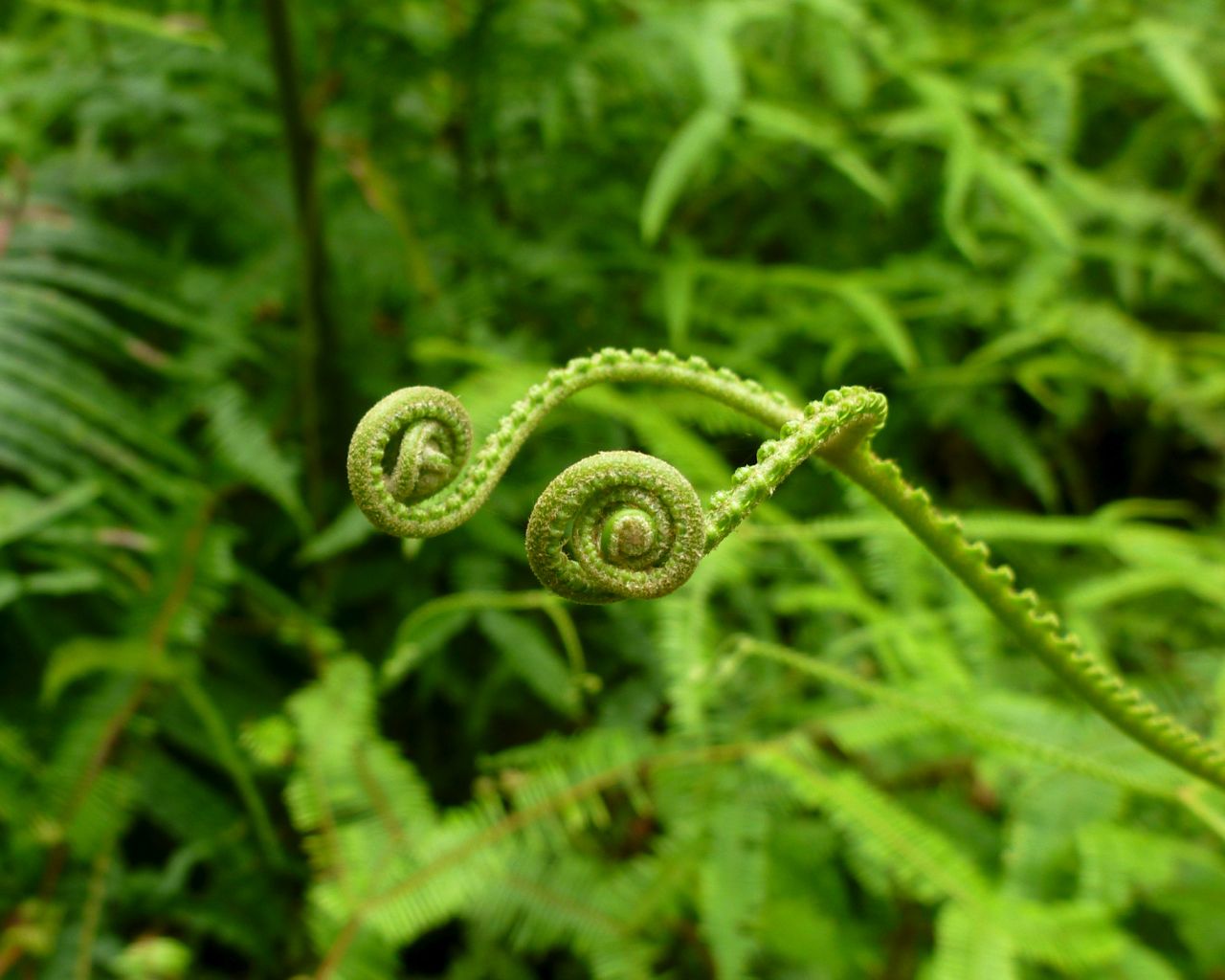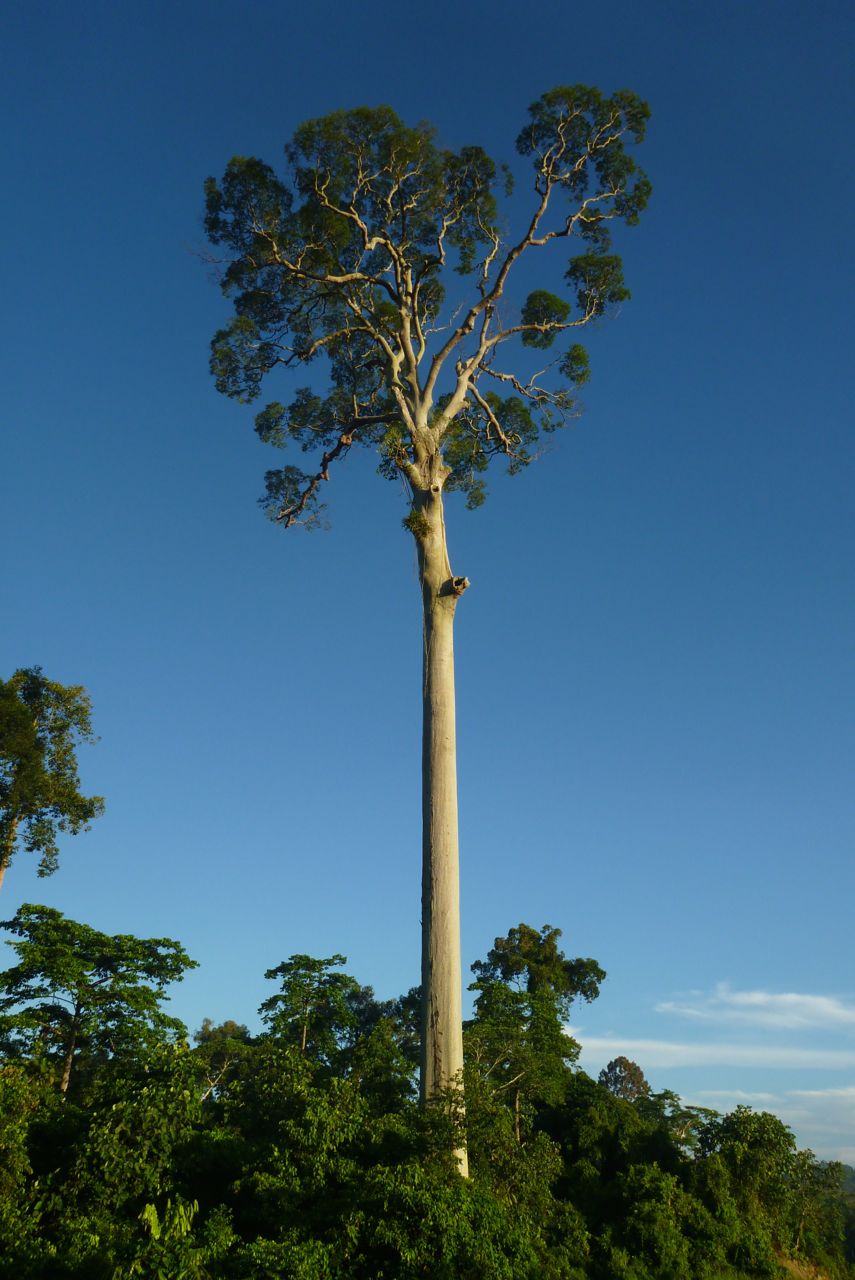Sabah, Malaysia's Borneo
/Enormous Dipterocarpaceae sp. Tabin, Sabah, Borneo
Borneo, the fourth largest island in the world (if you count Australia as an island rather than a continent), is the home of some of the oldest living forest on the planet, and is reputed to be one of worst offenders of deforestation in favour of palm oil plantations. The landmass of Borneo is divided between three distinct countries – just over 70% of the island belongs to Indonesia, roughly 25% belongs to Malaysia while the final scrap of land is the sovereign state of Brunei. While palm oil plantations were very evident in the areas I saw, one very proud local claimed that the Malaysian state of Sabah retained over half of its original expanses of native forests and boasted the most pristine primary forests in all of Borneo.
Keen to see some of these ancient forests before they were all destroyed, and ever hopeful of catching a glimpse of the endangered Bornean Orangutan, I set off with one of my oldest friends to Borneo. With very little background knowledge, I really had no expectations of what the towns or the forest would be like.
We landed in the capital of Sabah, Kota Kinabalu. A large and industrious city with excellent waterfront restaurants, a plethora of different markets throughout the days, night and different days of the week and a population of extremely pleasant and helpful locals who generally spoke excellent English. Being monolingual, I am always impressed by (and grateful for) people who speak English as their second language in their own country.
The avenue entrance to Tabin Wildlife Resort, Sabah, Borneo
After a quick flight in a twin propeller plane to Lahad Datu, we were cheerfully welcomed by staff from Tabin Wildlife Resort who then drove us from the busy town, through farmland and palm plantations into the forest. The palm plantations were impressively large. This monoculture stretched as far as the eye could see in some places, spreading out over the rolling hills, across the terraces and into valleys. Workers were regularly seen harvesting the red fruit by hand, simply leaving it in piles by the roads to be picked up by a ute later. We heard plenty of stories from locals about animals like the Sumatran Rhinoceros (Dicerorhinus sumatrensis) and Orangutan (Pongo pygmaeus) being killed within the plantations. But it was apparently the discovery of a rhinoceros by a logging truck driver that lead to the creation of the Tabin Wildlife Reserve! Wildlife, and the tourism it draws, are increasingly being seen as an important income for Sabah and is being protected as a result.
And the rainforest is well worth preserving. Lush and humid, awash with bird and insect calls, a thousand different greens fill your vision, with the occasional vivid spark of additional colour from a flower or bird. Constant moisture in the air, trickling streams that filled and grew into rivers with the sudden torrential downpours; it was a stark contrast to dusty dry reds and browns of Central Australia.
Dark-eared Frog, Tabin, Sabah
Southern Pig-tailed Macaque, Tabin, Sabah
I cannot give Tabin Wildlife Resort enough praise. Once on the premises they took such amazing care of us. My travelling partner is vegetarian and had notified them in advance, so they welcomed us both to each meal with a full description of each dish offered in the buffet as well as an array of specially prepared vegetarian versions. We had our own little cabin connected to the main buildings by boardwalks. Our balcony overlooked the stream where we had prime view of troupes of Southern Pig-tailed (Macaca nemestrina) and Crab-eating Macaques (M. fascicularis) coming down to the water to bathe, play and sunbake each afternoon. We even discovered one large male taking refuge on our balcony during a particularly intense downpour, much to our mutual surprise.
Pretty skinks and geckos were everywhere to be found around the resort along with a great variety of enormous butterflies, moths and brightly coloured dragonflies. A Bornean Gibbon (Hylobates muelleri) family took advantage of specifically hung ropes to cross the road each morning, calling encouragement to each other to make the large leaps between trees. In a tree above reception, a Wagler’s Pit Viper (Tropidolaemus wagleri) perched, slowly shedding its skin, bright red eye peering through the leaves. Birds and flowers brought colour to the grounds around the resort and frogs and bizarre creepy crawlies made night walking most interesting. And all this was just around the resort itself.
A series of mini adventures into the forest revealed unfamiliar animals the likes of Giant Red Flying Squirrels (Petaurista petaurista), Leopard Cats (Prionailurus bengalensis) and Storm’s Stork (Ciconia stormi). Interestingly, the Leopard Cats, Crested Serpent Eagle (Spilornis cheela) and Brown Wood Owl (Strix leptogrammica) were found just inside the boundary of the palm plantation. The more open canopy and sparse undergrowth made hunting easier for these predators, even though they still took refuge within the forest to sleep.
There were jubilant waterfalls tumbling into pristine pools with brightly coloured damselflies dancing in pairs across the surface of the water like luminescent fairies. An ashy grey mud volcano oozed tepid mud from the surface of the ground. Its mineral rich content providing many animals a vital source of nutrients, while its super fine consistency made it an excellent facemask for us! Tiny frogs were barely the size of a thumb knuckle, while orb web spiders easily stretched out wider than the palm of your hand. So many prizes hid within the foliage, waiting to be discovered. Our guide was locally born and bred, raised in the forest and so very happy to share his knowledge. Three days flew past and I feel like I barely scratched the surface. Unbelievably keen to go back!
Kota Kinabalu, Sabah, Borneo
But it was back to Kota Kinabalu for some snorkelling in Tunku Abdul Rahman Park. We jumped into a water taxi from Jesselton Point and island hopped, stopping for a quick exploratory walk before falling face first into the water. While the reef did come right up to the beaches in some places, the amount of tourists and boat traffic stirred up the sand, making the water quite murky. There were also disappointingly frequent signs of human damage to the coral and horrifying amounts of rubbish in the water. While I suspect there are much better places for snorkelling and diving, probably only just off the main tourist tracks, it was deeply saddening to see the state of the reef around the main islands of the park. It was often the same people who came out of the water complaining about the lack of visibility and poor water quality that left their rubbish on the beach to blow into the water. It is so great that there are lots of people like me who are prepared to pay money to go see the beautiful and amazing things in nature, but so many of us have a long way to go before our behaviour doesn’t ruin the very things we’ve come so far to see.
And so I bid farewell to Borneo, for now. The forests in Sabah are still calling. So many animals still to see! I’ll even try to figure out how to take decent photos in low light with the bright glare of an overcast sky!












